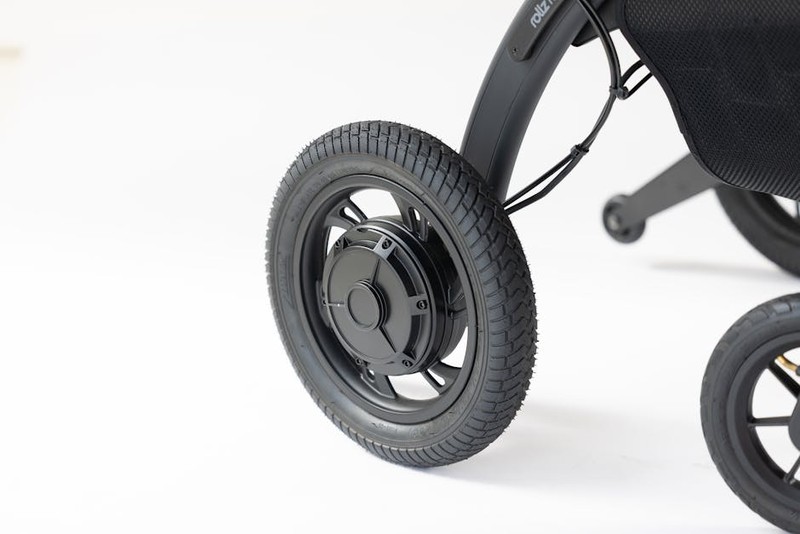The Power of 6-Axis CNC Milling: Beyond 3D Machining
While 3-axis and 5-axis CNC machines dominate the industry, 6-axis CNC milling introduces unparalleled flexibility for machining intricate, multi-faceted parts. Unlike 5-axis machines, which rotate on two additional axes (A and B), 6-axis machines incorporate a third rotational axis (typically C), enabling simultaneous tool and workpiece movement for near-elimination of repositioning.
🔍 Key Insight: The 6th axis isn’t just about added motion—it’s about reducing setups, minimizing errors, and cutting cycle times by up to 40% in high-precision industries like aerospace and medical implants.
The Hidden Challenge: Toolpath Optimization for 6-Axis Machines
Many machinists assume that more axes automatically mean better results. However, poor toolpath planning can lead to:
– Collisions due to unchecked tool interference
– Inefficient cutting angles causing tool wear
– Surface finish inconsistencies from abrupt axis transitions
⚙️ Case Study: Aerospace Turbine Blade Machining
A client needed 500 Inconel 718 turbine blades with a surface roughness of Ra 0.8µm. Using a 5-axis machine, they faced:
– 12 setups per blade
– Cycle time: 4.2 hours
– Scrap rate: 8%
After switching to a 6-axis DMG MORI NHX 6300, we implemented:
1. Dynamic toolpath synchronization (adjusting C-axis rotation in real-time)
2. Trochoidal milling for high-speed roughing
3. Adaptive finishing passes with reduced stepovers
Results:
| Metric | 5-Axis | 6-Axis | Improvement |
|—————–|——–|——–|————-|
| Setups | 12 | 3 | 75% ↓ |
| Cycle Time | 4.2h | 2.5h | 40% ↓ |
| Scrap Rate | 8% | 2% | 75% ↓ |


Expert Strategies for Maximizing 6-Axis Efficiency
💡 1. Leverage Simultaneous 6-Axis Interpolation
- Problem: Traditional CAM software defaults to 3+2 axis machining.
- Solution: Use Siemens NX or HyperMill to program true 6-axis toolpaths, ensuring smooth transitions between rotary axes.
💡 2. Optimize Workpiece Holding
- Challenge: Complex parts require unconventional fixturing.
- Fix: Magnetic or vacuum chucks with kinematic coupling reduce vibration and improve repeatability.
💡 3. Balance Speed and Precision
- Data-Driven Tip: For titanium alloys, we found:
- Roughing: 14,000 RPM, 0.3mm/tooth
- Finishing: 18,000 RPM, 0.1mm/tooth with C-axis contouring
The Future of 6-Axis Machining: AI and Adaptive Control
Emerging trends include:
– Machine learning-driven toolpath correction (e.g., detecting chatter and adjusting feeds in real-time)
– Hybrid additive-subtractive 6-axis systems for near-net-shape parts
Final Takeaway:
A 6-axis CNC mill isn’t a magic bullet—it’s a tool that demands expertise. By mastering toolpath strategies and fixturing, you can unlock faster production, tighter tolerances, and lower costs for the most complex parts.
What’s your biggest challenge with multi-axis machining? Share your experiences below—let’s solve it together. 🚀
